Microwave Satellite Measurements for Coastal Area and Extreme Weather Monitoring
Abstract
1. Introduction
2. Project, Subprojects, EO and Other Data Utilization
2.1. List of Subprojects and Teaming
- Subproject 1, “SAR-based coast observation (SARCO)”, was chaired by Prof. Ferdinando Nunziata and Prof. Xiaofeng Li, who supervised the activities of a team composed of EU (Prof. Guido Benassai and Dr Andrea Buono from the University of Naples Parthenope (Italy), Prof. Roman Fablet from Telecom Bretagne (UK) and Dr Salvatore Stramondo and Dr Antonio Montuori from the Italian National Institute of Geophysics and Volcanology (Italy)) and Chinese (Dr Xianwen Ding, Dr Yongliang Wei, Dr Tan Yu, Ms. Yu Liu and Ms. Bingqing Liu from the Shanghai Ocean University) scientists. The subproject dealt with the observation of coastal areas using multipolarization SAR, and the main activities can be summarized as follows: (1) integrated Coastal Area Management using SAR-based wind information; (2) intertidal flat monitoring; (3) sea oil slick observation. All the activities shared a similar rationale, i.e., developing new and effective methods to deal with the aforementioned applications using multipolarization SAR measurements.
- Subproject 2, “Ship and coastal water pollution observation with polarimetric SAR architectures (SCoPeSAR)”, was chaired by Dr Armando Marino and Dr Weizeng Shao, who supervised a team composed of EU (Dr Stian Normann Anfinsesn from the Arctic University of Norway (Norway), Dr Raffaella Guida from the University of Surrey (UK), Dr Gerard Margarit from GMV (Spain), Prof. Maurizio Migliaccio from the University of Naples Parthenope (Italy) and Dr Marc Pradas from the Open University (UK)) and Chinese (Dr Qing Xu from the Hohai University, Dr Jian Sun from the Ocean University of China, Dr Chao Chen and Dr Lina Cai from the Zhejiang Ocean University and Mr Tao Zhang from the Shanghai Ocean University) scientists. The subproject dealt with the detection of ships and microplastic pollution at sea using polarimetric SAR measurements, and the main activities can be summarized as follows: (1) development of new polarimetric detectors to observe ships in full- and dual-polarimetric SAR imagery; (2) analysis of the sensitivity of SAR measurements to microplastic pollutants in the ocean; (3) typhoon monitoring using SAR measurements collected by the Chinese Gaofen-3 SAR.
- Subproject 3: “Sea-surface high-wind experiments with long-range (satellite) observations using numerical geophysical methods (SHENLONG)” was chaired by Dr Marco Portabella and Prof. Xiaofeng Yang, who supervised a team composed of EU (Dr Ad Stoffelen from the Royal Netherlands Meteorological Institute (The Netherlands), Dr Alexis Mouche from the French Institute for the Sea Exploitation Research (France), Dr Giuseppe Grieco from the Italian Space Agency (Italy), Dr Wenming Lin from the Institute of Marine Sciences (Spain) and Dr Franco Fois from the Delft University of Technology (The Netherlands)) and Chinese (Prof. Ziwei Li, Dr Guihong Liu, Dr Yang Yu, Mr Yanlei Du and Ms. Di Dong from the Chinese Academy of Sciences) scientists. The subproject dealt with the analysis of winds under nominal and extreme weather conditions, and it addressed both the estimation of wind using microwave SAR and scatterometers and the exploitation of SAR-based winds in numerical prediction models related to tropical cyclones. The main activities can be summarized as follows: (1) estimating wind speed by SAR imagery using a new spectral method; (2) data assimilation of remotely sensed measurements collected by SAR and scatterometer into numerical prediction models for typhoon monitoring purposes.
2.2. Description and Summary Table of EO and Other Data Utilized
- 4 scenes and 10 scenes collected by the L-band PalSAR-1 (Phased Array type L-band SAR) and PalSAR-2, from the Japanese Aerospace Agency (JAXA) ALOS-1 (Advanced Land Observing Satellite) and ALOS-2 missions, respectively;
- 645 scenes collected by the C-band ESA Sentinel-1 mission, 9 scenes collected by the C-band Canadian Space Agency (CSA) Radarsat-2 mission and 759 scenes collected from the C-band Gaofen-3 China National Space Administration (CNSA) mission;
- 112 scenes collected by the German Aerospace Agency (DLR) X-band TerraSAR-X mission and 20 scenes collected by the Italian Space Agency (ASI) Cosmo-SkyMed constellation.
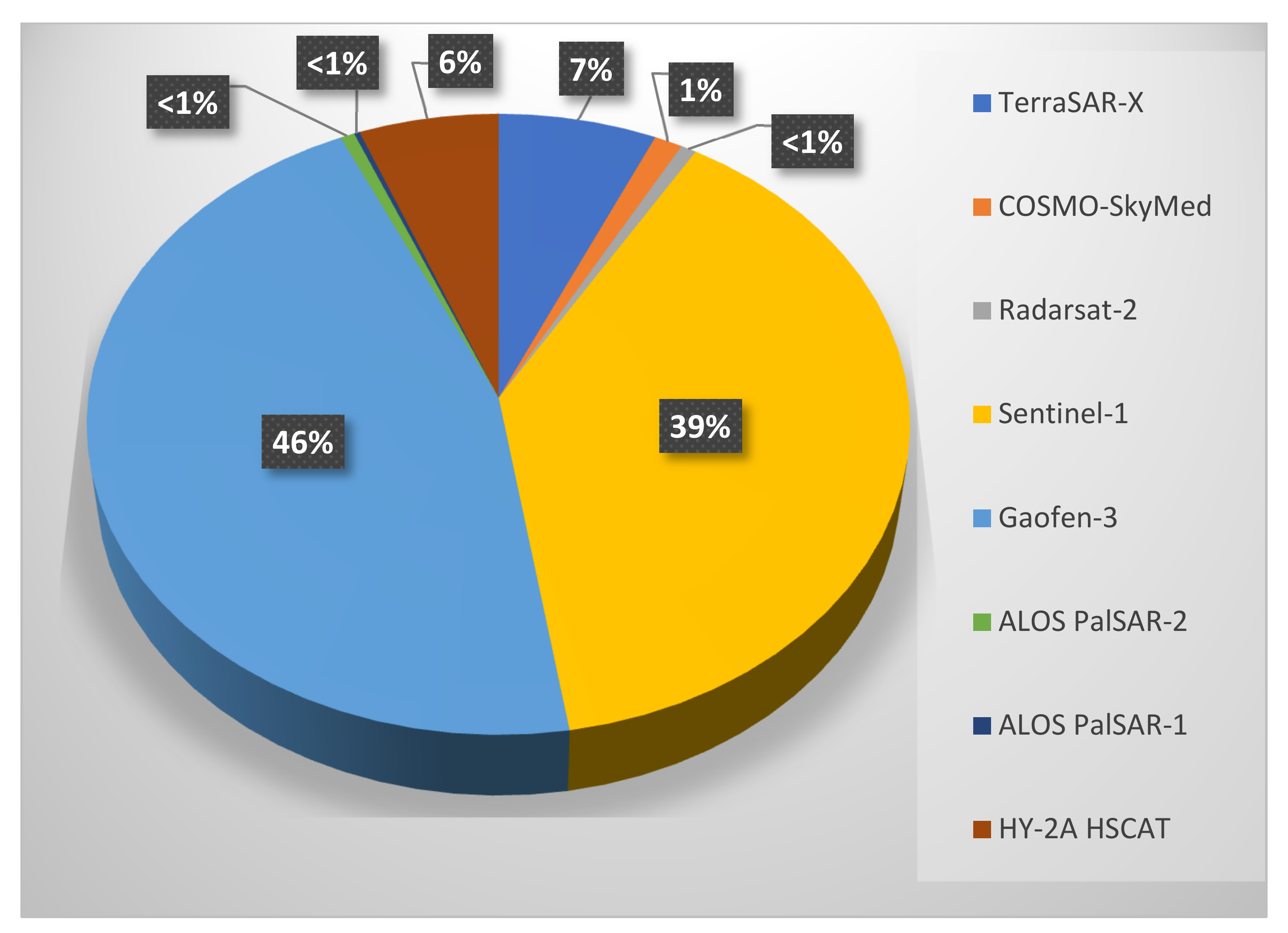
- TerraSAR-X: 6 dual-pol (HH+VV) StripMap mode and 3 VV-pol ScanSAR mode SAR scenes;
- Sentinel-1: 355 VV-pol StripMap mode, 26 dual-pol (VV+VH, HH+HV) Interferometric Wide Swath mode and 33 VV-pol Interferometric Wide Swath mode SAR scenes;
- Gaofen-3: 642 wave mode, 83 quad-pol mode, 14 co-pol StripMap mode, 5 dual-pol (VV+VH) Global Observation and ScanSAR wide mode, 8 dual-pol Extra Wide and Interferometric Wide Swath mode, 7 VH-pol Global Observation and ScanSAR wide mode SAR scenes.
- Radarsat-2: 4 quad-pol mode SAR scenes;
- ALOS PalSAR-1: 4 quad-pol mode SAR scenes;
- ALOS PalSAR-2: 10 quad-pol mode SAR scenes;
- TerraSAR-X: 16 dual-pol (HH+VV, HH+HV, VV+VH)-pol StripMap mode, 8 VV-pol Wide ScanSAR mode and 5 HH-pol Wide ScanSAR mode SAR scenes;
- Sentinel-1: 9 dual-pol (VV+VH) Interferometric Wide Swath mode SAR scenes;
- Radarsat-2: 4 quad-pol mode SAR scenes.
- Sentinel-1: 175 dual-pol (VV+VH) Extra Wide Swath mode SAR scenes;
- COSMO-SkyMed: 10 dual-pol (HH+VV) PingPong mode and 10 VV-pol StripMap mode SAR scenes;
- TerraSAR-X: 66 dual-pol (HH+VV) StripMap mode, 2 VV-pol ScanSAR mode and 7 VV-pol StripMap mode SAR scenes.
- Sentinel-1: 47 dual-pol (VV+VH) Interferometric Wide Swath mode SAR scenes;
- Radarsat-2: 3 quad-pol mode SAR scene.
- Global Positioning System (GPS) samples to detect the coastline location;
- mooring buoys to obtain local sea wind field information;
- Automatic Identification System (AIS) data to detect cooperative targets’ locations;
- dropwindsonde, an expendable weather reconnaissance device deployed over the ocean from aircraft that includes a GPS receiver as well as pressure, temperature and humidity sensors to capture atmospheric profiles and thermodynamic data during storm conditions.
3. Subprojects’ Research and Approaches
3.1. SARCO—SAR-Based Coast Observation
3.1.1. Research Aims
- Mapping the inland cover to provide information about land usage, i.e., urban and industrial areas, tideland, water bodies, vegetation and sandy beaches, etc. This can support the detection of changes and the effects of natural and anthropogenic processes as deforestation, urbanization, etc.
- Monitoring man-made sea targets including offshore wind farms, oil and gas fields, aquaculture, etc. This can support effective observation of economic activities and critical infrastructures.
- Extraction of the shoreline position and its dynamics. This can support the assessment of the effects associated with processes such as erosion accretion and relative sea level rise.
3.1.2. Research Approach
- detection of wind turbines in a harsh environment;
- shoreline extraction and generation of risk maps.
- Preprocessing, including radiometric calibration, geocoding and speckle filtering.
- Evaluation of the metrics in (5) from dual- and the quad-polarization SAR data and in (6) from quad-polarization ones.
- Generation of the land/sea binary image according to a global threshold Constant False Alarm Rate (CFAR) applied on r.
- Postprocessing, including morphological filtering to remove artifacts and fill in holes.
- Edge detection, to extract the continuous coastline from the refined binary image.
3.2. SCoPeSAR—Ship and Coastal Water Pollution Observation with Polarimetric SAR Architectures
3.2.1. Research Aims
- With respect to the detection of oil rigs, we demonstrated how innovative methodologies can use multipolarization diversity to improve the detection rate against the incidence angle with respect to single-polarization metrics.
- With respect to water quality, we tackled the pressing problem of water pollution including emerging pollutants such as plastic. In the long run, this product will benefit from multipolarization SAR measurements and ancillary optical and in situ observations. In this work we focused on microplastic in the gyres as well as identifying possible source of oil pollution as oil rigs.
- For target detection, all the works investigated the use of polarimetric SAR. This includes quad-polarimetric images, but also Sentinel-1 dual polarimetric images. Novel methodologies were developed and compared to the current state of the art to evaluate the benefits of (i) novel ways of processing data and (ii) the addition of extra polarization channels.
- Regarding water quality, the polarimetric sea surface backscattering with and without pollutant was modelled in physical terms by exploiting SAR data. The aim was to detect areas of high concentration of microplastic with respect to the surrounding sea and map the dampening properties of the surfactant produced by the plastic.
3.2.2. Research Approach
3.3. SHENLONG—Sea-Surface High-Wind Experiments with Long-Range (Satellite) Observations Using Numerical Geophysical Methods
3.3.1. Research Aims
- Improvement of both the physical and empirical simulation accuracy of polarized sea surface backscattering. The new models give better results under high winds.
- State-of-the-art wind verification and objective validation tools to thoroughly assess the SAR wind retrieval quality under high wind conditions.
- Monitoring of tropical cyclone locations, as well as tropical cyclone surface winds, centre pressure, rain bands and other parameters, from multisensors, including multipolarization SARs, and other microwave EO data.
3.3.2. Research Approach
- Extension and analysis of the azimuth cutoff procedure for sea surface wind speed retrieval under extreme weather conditions.
- The development of the Asymmetric Hurricane Parametric Model based on cross-pol SAR observations.
- partitioning the SAR image into square tiles;
- estimating the autocorrelation function (ACF) by evaluating the inverse fast Fourier transform (IFFT) of the power density spectrum computed for each tile;
- mitigating the ACF peak caused by speckle noise by applying a median filter;
- evaluating as follows [15]:where σ is the standard deviation of the Gaussian distribution that best fits the estimated ACF;
- estimating sea surface wind speed at 10 m above sea level (U) according to [16]:where a and b are data-related coefficients to be determined.
4. Research Results and Conclusions
4.1. SARCO
4.1.1. Results
- (1)
- Polarimetric SAR target detection in coastal areas
- single-pol (SP) detectors, including VV- and VH-polarized NRCSs;
- dual-pol detectors, including the PNF (1) and PMF (from (4)).
- (2)
- Extraction of the shoreline profile and generation of risk map from polarimetric SAR imagery
- Generation of the associated risk map, i.e., highlighting coastal areas where changes in the coastline can lead to property damage, loss of life and environmental degradation, from quad-polarimetric information (, and in (6)).
- A low risk level (green in the map of Figure 3) was associated to coastal areas where there is no double-bounce scattering, e.g., sandy beaches, bare soils, etc.
- A high risk level (red in the map of Figure 3) was associated to coastal areas where the double-bounce scattering from dense urban areas is significant.
- A medium risk level (orange in the map of Figure 3) was associated to coastal areas where the presence of scatterers calling for a dominant double-bounce scattering is sparse.
4.1.2. Conclusions
4.2. SCoPeSAR
4.2.1. Results
4.2.2. Conclusions
4.3. SHENLONG
4.3.1. Results
4.3.2. Conclusions
5. Overall Discussion
6. Main Conclusions
- (1)
- V. Corcione, F. Nunziata, M. Portabella, G. Grieco, X. Yang, and M. Migliaccio, “SAR Azimuth Cut-off to Estimate Wind Speed under High Wind Regimes,” Chinese Journal of Geodesy and Geoinformation Science, vol. 4. no.1, pp. 30–37, 2021.
- (2)
- A. Buono, C. R. de Macedo, F. Nunziata, D. Velotto, and X. Li, “The Taylor Energy oil spill: time-series of polSAR data to support continuous and effective observation”, Chinese Journal of Geodesy and Geoinformation Science, vol. 4. no.1, pp. 24–29, 2021.
- (3)
- T. Zhang, A. Marino, F. Nunziata, D. Velotto, W. Shao, X. Li, M. Migliaccio, and H. Xiong, “Marine Target Detection Using Dual-polarimetric SAR Imagery,” Chinese Journal of Geodesy and Geoinformation Science, vol. 4. no.1, pp. 63–69, 2021.
- (4)
- E. Ferrentino, F. Nunziata, A. Buono, A. Urciuoli and M. Migliaccio, “Multipolarization Time Series of Sentinel-1 SAR Imagery to Analyze Variations of Reservoirs’ Water Body,” IEEE Journal of Selected Topics In Applied Earth Observations And Remote Sensing, vol. 13, pp. 840–846, 2020.
- (5)
- E. Ferrentino, F. Nunziata, A. Marino, M. Migliaccio and X. Li, “Detection of wind turbines in intertidal areas using SAR polarimetry,” IEEE Geoscience and Remote Sensing Letters, vol. 16, no. 10, pp. 1516–1520, 2019.
- (6)
- M. Migliaccio, L. Huang and A. Buono, “SAR speckle dependence on ocean wind field,” IEEE Transactions on Geoscience and Remote Sensing, vol. 57, no. 8, pp. 5447–5455, 2019.
- (7)
- S. Zhu, W. Shao, A. Marino, J. Shi, J. Sun, X. Yuan, J. Hu, D. Yang and J. Zuo, “Evaluation of Chinese quad-polarization Gaofen-3 SAR wave mode data for wave retrieval,” Canadian Journal of Remote Sensing, vol. 44, no. 6, pp. 588–600, 2019.
- (8)
- W. Shao, S. Zhu, J. Sun, X. Yuan, Y. Sheng, Q. Zhang and Q. Ji, “Evaluation of Wind Retrieval from Co-Polarization Gaofen-3 SAR Imagery Around China Seas,” Journal of Ocean University of China, vol. 18, pp. 80–92, 2019.
- (9)
- D. Di Luccio, G. Benassai, G. Di Paola, L. Mucerino, A. Buono, C. M. Rosskopf, F. Nunziata, M. Migliaccio, A. Urciuoli and R. Montella, “Shoreline Rotation Analysis of Embayed Beaches by Means of In Situ and Remote Surveys,” Sustainability, vol. 11, no. 3, pp. 725–745, 2019.
- (10)
- F. Nunziata, C. R. de Macedo, A. Buono, D. Velotto and M. Migliaccio, “On the analysis of a time series of X-band TerraSAR-X SAR imagery over oil seepages,” International Journal of Remote Sensing, vol. 49, no. 9, pp. 3623–3646, 2019.
- (11)
- A. Buono, F. Nunziata, C. R. De Macedo, D. Velotto and M. Migliaccio, “A sensitivity analysis of the standard deviation of the co-polarized phase difference for sea oil slick observation,” IEEE Transaction on Geoscience and Remote Sensing, vol. 57, no. 4, pp. 2022–2030, 2019.
- (12)
- V. Corcione, G. Grieco, M. Portabella, F. Nunziata and M. Migliaccio, “A novel azimuth cut-off implementation to retrieve sea surface wind speed from SAR imagery,” IEEE Transactions on Geoscience and Remote Sensing, vol. 57, no. 6, pp. 3331–3340, 2018.
- (13)
- T. Zhang, A. Marino, H. Xiong and W. Yu, “A Ship Detector Applying Principal Component Analysis to the Polarimetric Notch Filter,” Remote Sensing, vol. 11, no. 6, pp. 948, 2018.
- (14)
- W. Shao, X. Yuan, Y. Sheng, J. Sun, W. Zhou and Q. Zhang, “Development of wind speed retrieval from cross-polarization Chinese Gaofen-3 synthetic aperture radar in typhoons,” Sensors, vol. 18, no. 2, pp. 412, 2018.
- (15)
- A. Buono, C. R. De Macedo, F. Nunziata, D. Velotto and M. Migliaccio, “Analysis on the effects of SAR imaging parameters and environmental conditions on the standard deviation of the co-polarized phase difference measured over sea surface,” Remote Sensing, vol. 11, no. 1, pp. 18–33, 2018.
- (16)
- F. Nunziata, A. Buono and M. Migliaccio, “COSMO-SkyMed Synthetic Aperture Radar Data to Observe the Deepwater Horizon Oil Spill,” Sustainability, vol. 10, n. 3599, 2018.
- (17)
- W. Shao, Y. Hu, J. Yang, F. Nunziata, J. Sun, H. Li and J. Zuo, “An Empirical Algorithm to Retrieve Significant Wave Height from Sentinel-1 Synthetic Aperture Radar Imagery Collected under Cyclonic Conditions,” Remote Sensing, vol. 10, n. 9, pp. 1367–1384, 2018.
- (18)
- G. Benassai, D. Di Luccio, V. Corcione, F. Nunziata and M. Migliaccio, “Marine Spatial Planning using high resolution SAR measurements,” IEEE Journal of Oceanic Engineering, vol. 43, no. 3, pp. 586–594, 2018.
- (19)
- A. Marino, D. Velotto and F. Nunziata, “Offshore platforms observation using dual-polarimetric TS-X/TD-X satellite imagery: a case study in the Gulf of Mexico,” IEEE Journal of Selected Topics in Applied Earth Observation and Remote Sensing, vol. 43, no. 1, pp. 184–194, 2018.
- (20)
- Q. Ji, W. Shao, Y. Sheng, X. Yuan, J. Sun, W. Zhou and J. Zuo, “A promising method of typhoon wave retrieval from Gaofen-3 synthetic aperture radar image in VV-polarization,” Sensors, vol. 18, no. 7, pp. 2064, 2018.
- (21)
- Y. Sheng, W. Shao, S. Zhu, J. Sun, X. Yuan, S. Li, J. Shi and J. Zuo, “Validation of significant wave height retrieval from co-polarization Chinese Gaofen-3 SAR imagery using an improved algorithm,” Acta Oceanologica Sinica, vol. 37, pp. 1–10, 2018.
- (22)
- W. Shao, Y. Sheng and J. Sun, “Preliminary Assessment of wind and wave retrieval from Chinese Gaofen-3 SAR imagery,” Sensors, vol. 17, no. 8, pp. 1705, 2017.
- (23)
- E. Ferrentino, F. Nunziata and M. Migliaccio, “Full-polarimetric SAR measurements for coastline extraction and coastal area classification,” International Journal of Remote Sensing, vol. 38, n. 23, pp. 7405–7421, 2017.
- (24)
- A. Buono, F. Nunziata, M. Migliaccio, X. Yang and X. Li, “Classification of the Yellow River delta area using fully polarimetric SAR measurements,” International Journal of Remote Sensing, vol. 38, n. 23, pp. 6714–6734, 2017.
- (1)
- X. Yang, X. Li, M. Portabella, W. Zhang, “Assimilation of Satellite Remotely Sensed Surface Winds for Typhoon Forecasting: Progress and Perspective,” Proceedings of the 11th International Symposium on Digital Earth, September 24–27, Florence, Italy, 2019.
- (2)
- M. Migliaccio, A. Buono, L. Huang and F.Nunziata, “On the relationship between sea surface SAR speckle and wind field,” Proceedings of IEEE Oceans 2019, 17–20 June, Marseille, France, 2019.
- (3)
- F. Nunziata, A. Buono, M. Migliaccio, G. Benassai, D. Di Luccio, “Shoreline erosion of microtidal beaches examined with UAV and remote sensing techniques,” Proceedings of the 2018 IEEE International Workshop on Metrology for the Sea, October 8–10, Bari, Italy, 2018.
- (4)
- L. Huang, A. Buono and M. Migliaccio, “SAR speckle as a proxy of sea surface wind speed,” Proceedings of the 7th IEEE/OES Baltic Symposium, Klaipèda, Lithuania, June 12–15, 2018.
- (5)
- F. Nunziata, C. R. de Macedo, A. Buono, D. Velotto and M. Migliaccio, “On the effects of acquisition parameters and surface properties in sea oil seep observation by means of high-resolution SAR,” Proceedings of IEEE IGARSS 2018, Valencia, Spain, July 23–27, 2018.
- (6)
- F. Nunziata, A. Urciuoli, A. Gifuni and M. Migliaccio, “A controlled environment to analyze polarimetric features for radar remote sensing purposes,” Proceedings of IEEE IGARSS 2018, Valencia, Spain, July 23–27, 2018.
- (7)
- A. Buono, F. Nunziata, M. Migliaccio, X. Yang and X. Li, “Polarimetric information for multi-frequency SAR classification of heterogeneous coastal regions,” Proceedings of IEEE IGARSS 2018, Valencia, Spain, July 23–27, 2018.
- (8)
- C. R. de Macedo, A. Buono, F. Nunziata, D. Velotto, and M. Migliaccio, “Sea oil seep monitoring using a time series of co-polarized coherent SAR measurements,” Proceedings of IEEE IGARSS 2018, Valencia, Spain, July 23–27, 2018.
- (9)
- X. Yang, V. Corcione, F. Nunziata, M. Portabella and M. Migliaccio, “Assimilation of SAR-derived sea surface winds into typhoon forecast model,” Proceedings of IEEE IGARSS 2018, Valencia, Spain, July 23–27, 2018.
- (10)
- V. Corcione, G. Grieco, M. Portabella, F. Nunziata and M. Migliaccio “A new azimuth cut-off procedure to retrieve significant wave height under high wind regimes,” Proceedings of IEEE IGARSS 2018, Valencia, Spain, July 23–27, 2018.
- (11)
- N. Davaasuren, A. Marino, C. Boardman, M. Alparone and F. Nunziata, “Detecting microplastics pollution in world oceans using sar remote sensing” Proceedings of IEEE IGARSS 2018, Valencia, Spain, July 23–27, 2018.
- (12)
- E. Ferrentino, A. Marino, F. Nunziata, M. Migliaccio and X. Li, “Multi–polarization methods to detect mud flat areas using C- and X-band spaceborne SAR data,” Proceedings of ESA SeaSAR 2018, Frascati, Italy, May 7–10, 2018.
- (13)
- K. Horiya, A. Buono, F. Nunziata, D. Velotto, M. Migliaccio and Y. Smara, “Analysis of the Oil Seep-affected Sea Surface Microwave Backscattering,” Proceedings of ESA SeaSAR 2018, Frascati, Italy, May 7–10, 2018.
- (14)
- N. Davaasuren, A. Marino, C. Boardman, M. Alparone and F. Nunziata, “Exploring the use of SAR remote sensing to detect microplastics pollution in the oceans,” Proceedings of ESA SeaSAR 2018, Frascati, Italy, May 7–10, 2018.
- (15)
- V. Corcione, F. Nunziata, G. Grieco, M. Portabella and M. Migliaccio, “The Azimuth Cut-Off Method to Estimate Wind Speed under Extreme Weather Conditions,” SeaSAR 2018, Rome, Italy, May 7–10, 2018.
- (16)
- T. Zhang, A. Marino and H. Xiong, “A ship detector applying principal component analysis to the polarimetric notch filter,” Proceedings of IEEE IGARSS 2017, Fort Worth, USA, July 23–28, 2017.
Author Contributions
Funding
Institutional Review Board Statement
Informed Consent Statement
Acknowledgments
Conflicts of Interest
References
- Marino, A. A notch filter for ship detection with polarimetric SAR data. IEEE J. Sel. Top. Appl. Earth Observ. Remote Sens. 2013, 6, 1219–1232. [Google Scholar] [CrossRef]
- Novak, L.M.; Sechtin, M.B.; Cardullo, M.J. Studies of target detection algorithms that use polarimetric radar data. IEEE Trans. Aerosp. Electron. Syst. 1989, 25, 150–165. [Google Scholar] [CrossRef]
- Marino, A.; Hajnsek, I. A change detector based on an optimization with polarimetric SAR imagery. IEEE Trans. Geosci. Remote Sens. 2014, 52, 4781–4798. [Google Scholar] [CrossRef][Green Version]
- Nunziata, F.; Buono, A.; Migliaccio, M.; Benassai, G. Dual-Polarimetric C- and X-Band SAR Data for Coastline Extraction. IEEE J. Sel. Topics Appl. Earth Observ. Remote Sens. 2016, 9, 4921–4928. [Google Scholar] [CrossRef]
- Ferrentino, E.; Nunziata, F.; Buono, A.; Urciuoli, A.; Migliaccio, M. Multipolarization Time Series of Sentinel-1 SAR Imagery to Analyze Variations of Reservoirs’ Water Body. IEEE J. Sel. Topics Appl. Earth Observ. Remote Sens. 2020, 13, 840–846. [Google Scholar]
- Freeman, A.; Durden, S.L. A three-component scattering model for polarimetric SAR data. IEEE Trans. Geosci. Remote Sens. 1998, 36, 963–973. [Google Scholar] [CrossRef]
- Nunziata, F.; Migliaccio, M.; Brown, C.E. Reflection Symmetry for Polarimetric Observation of Man-Made Metallic Targets at Sea. IEEE J. Ocean. Engin. 2012, 37, 384–394. [Google Scholar] [CrossRef]
- Zhang, T.; Marino, A.; Xiong, H.; Yu, W. A Ship Detector Applying Principal Component Analysis to the Polarimetric Notch Filter. Remote Sens. 2018, 11, 948. [Google Scholar] [CrossRef]
- Marino, A.; Velotto, D.; Nunziata, F. Offshore platforms observation using dual-polarimetric TS-X/TD-X satellite imagery: A case study in the Gulf of Mexico. IEEE J. Sel. Topics Appl. Earth Observ. Remote Sens. 2018, 43, 184–194. [Google Scholar] [CrossRef]
- Ferrentino, E.; Nunziata, F.; Marino, A.; Migliaccio, M.; Li, X. Detection of wind turbines in intertidal areas using SAR polarimetry. IEEE Geosci. Remote Sens. Lett. 2019, 16, 1516–1520. [Google Scholar] [CrossRef]
- Ferrentino, E.; Marino, A.; Nunziata, F.; Migliaccio, M.; Li, X. Multi–polarization methods to detect mud flat areas using C- and X-band spaceborne SAR data. In Proceedings of the 5th Advances in SAR Oceanography Workshop (SeaSAR 2018), Frascati, Italy, 7–11 May 2018. [Google Scholar]
- Davaasuren, N.; Marino, A.; Boardman, C.; Alparone, M.; Nunziata, F. Detecting microplastics pollution in world oceans using sar remote sensing. In Proceedings of the IGARSS 2018 IEEE International Geoscience and Remote Sensing Symposium, Valencia, Spain, 22–27 July 2018. [Google Scholar]
- Davaasuren, N.; Marino, A.; Boardman, C.; Alparone, M.; Nunziata, F. Exploring the use of SAR remote sensing to detect microplastics pollution in the oceans. In Proceedings of the 5th Advances in SAR Oceanography Workshop (SeaSAR 2018), Frascati, Italy, 7–11 May 2018. [Google Scholar]
- Migliaccio, M.; Huang, L.; Buono, A. SAR Speckle Dependence on Ocean Surface Wind Field. IEEE Trans. Geosci. Remote Sens. 2019, 57, 5447–5455. [Google Scholar] [CrossRef]
- Corcione, V.; Grieco, G.; Portabella, M.; Nunziata, F.; Migliaccio, M. A novel azimuth cut-off implementation to retrieve sea surface wind speed from SAR imagery. IEEE Trans. Geosci. Remote Sens. 2018, 57, 3331–3340. [Google Scholar] [CrossRef]
- Kerbaol, V.; Chapron, B.; Vachon, P.W. Analysis of ERS-1/2 synthetic aperture radar wave mode imagettes. J. Geophys. Res. Ocean. 1998, 103, 7833–7846. [Google Scholar] [CrossRef]
- Vickery, P.J.; Masters, F.J.; Powell, M.D.; Wadhera, D. Powell. Hurricane hazard modeling: The past, present, and future. J. Wind Eng. Ind. Aerodyn. 2009, 97, 392–405. [Google Scholar] [CrossRef]
- Krien, Y.; Arnaud, G.; Cécé, R.; Ruf, C.; Belmadani, A. Can We Improve Parametric Cyclonic Wind Fields Using Recent Satellite Remote Sensing Data? Remote Sens. 2018, 10, 1963. [Google Scholar] [CrossRef]
- Li, X.; Zhang, J.A.; Yang, X.; Pichel, W.G.; DeMaria, M.; Long, D.; Li, Z. Tropical cyclone morphology from spaceborne synthetic aperture radar. Bull. Am. Meteor. Soc. 2013, 94, 215–230. [Google Scholar] [CrossRef]
- Shao, W.; Li, X.; Hwang, P.A.; Zhang, B.; Yang, X. Bridging the gap between cyclone wind and wave by C-band SAR measurements. J. Geophys. Res. Oceans 2017, 122, 6714–6724. [Google Scholar] [CrossRef]
- Zhang, G.; Li, X.; Perrie, W.; Hwang, P.A.; Zhang, B.; Yang, X. A Hurricane Wind Speed Retrieval Model for C-Band RADARSAT-2 Cross-Polarization ScanSAR Images. IEEE Trans. Geosci. Remote Sens. 2017, 55, 4766–4774. [Google Scholar] [CrossRef]
- Holland, G.J. An analytic model of the wind and pressure profiles in hurricanes. Mon. Weather Rev. 1980, 108, 1212–1218. [Google Scholar] [CrossRef]
- Wood, V.T.; White, L.W. A New Parametric Model of Vortex Tangential-Wind Profiles: Development, Testing, and Verification. J. Atmos. Sci. 2011, 68, 990–1006. [Google Scholar] [CrossRef]
- Wang, S.; Toumi, R.; Czaja, A.; Kan, A.V. An analytic model of tropical cyclone wind profiles. Q. J. R. Meteorol. Soc. 2015, 141, 3018–3029. [Google Scholar] [CrossRef]
- Klotz, B.W.; Jiang, H. Examination of Surface Wind Asymmetries in Tropical Cyclones. Part I: General Structure and Wind Shear Impacts. Mon. Weather Rev. 2017, 145, 3989–4009. [Google Scholar] [CrossRef]
- Xie, L.; Bao, S.W.; Pietrafesa, L.J.; Foley, K.; Fuentes, M. A real-time hurricane surface wind forecasting model: Formulation and verification. Mon. Weather Rev. 2006, 134, 1355–1370. [Google Scholar] [CrossRef]
- Zhou, X.; Yang, X.; Li, Z.; Yu, Y.; Bi, H.; Ma, S.; Li, X. Estimation of tropical cyclone parameters and wind fields from SAR images. Sci. China Earth Sci. 2013, 56, 1977–1987. [Google Scholar] [CrossRef]
- Zhang, G.S.; Perrie, W.; Li, X.; Zhang, J.A. A hurricane morphology and sea surface wind vector estimation model based on C-Band cross-polarization SAR imagery. IEEE Trans. Geosci. Remote Sens. 2017, 55, 1743–1751. [Google Scholar] [CrossRef]
- Murty, P.L.N.; Bhaskaran, P.K.; Gayathri, R.; Sahoo, B.; Kumar, T.S.; SubbaReddy, B. Numerical study of coastal hydrodynamics using a coupled model for Hudhud cyclone in the Bay of Bengal. Estuar. Coast. Shelf Sci. 2016, 183, 13–27. [Google Scholar] [CrossRef]
- Di Luccio, D.; Benassai, G.; Di Paola, G.; Mucerino, L.; Buono, A.; Rosskopf, C.M.; Nunziata, F.; Migliaccio, M.; Urciuoli, A.; Montella, R. Shoreline Rotation Analysis of Embayed Beaches by Means of In Situ and Remote Surveys. Sustainability 2019, 11, 725. [Google Scholar] [CrossRef]
- Mouche, A.A.; Chapron, B.; Zhang, B.; Husson, R. Combined co-and cross-polarized SAR measurements under extreme wind conditions. IEEE Trans. Geosci. Remote Sens. 2017, 55, 6746–6755. [Google Scholar] [CrossRef]
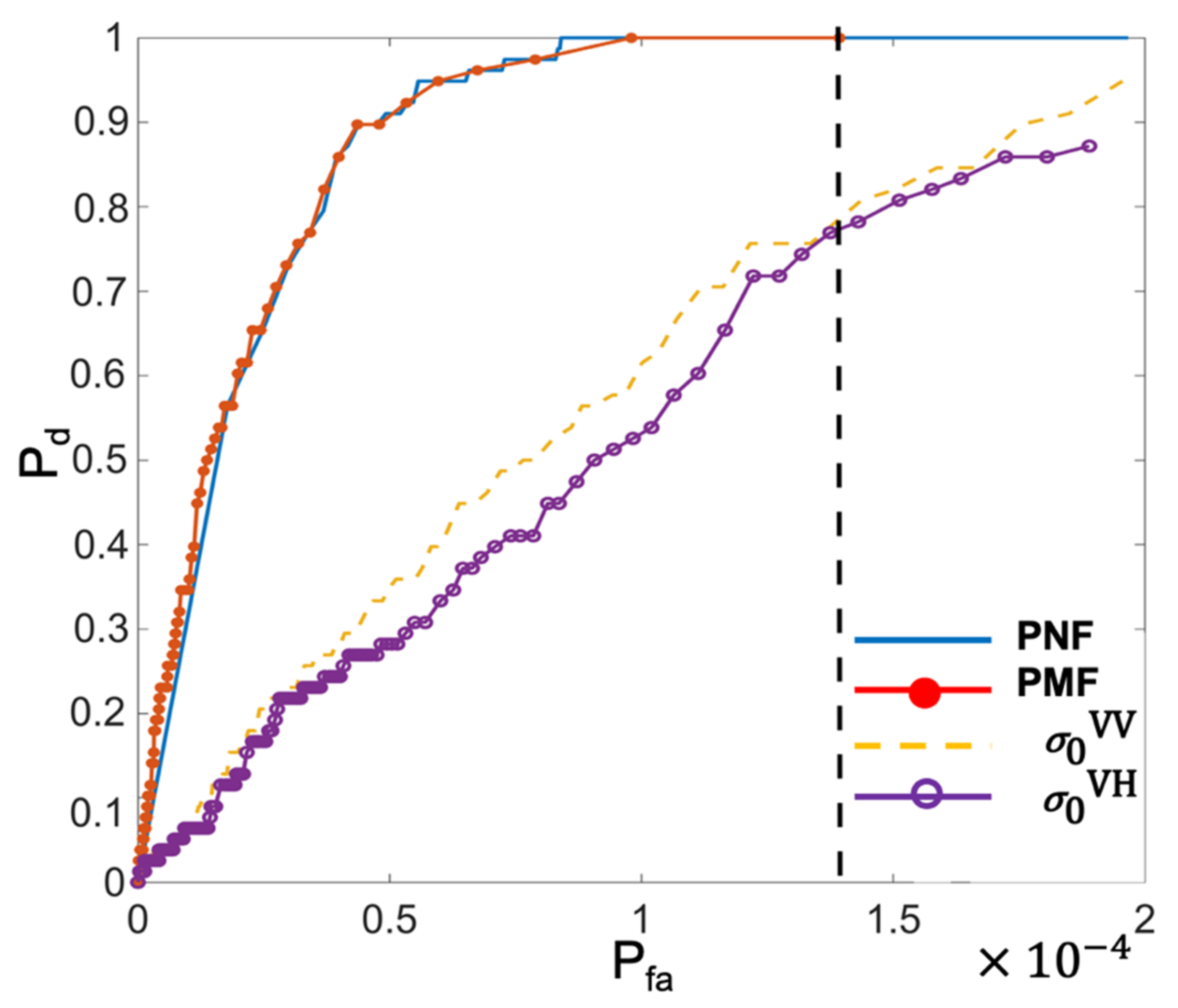
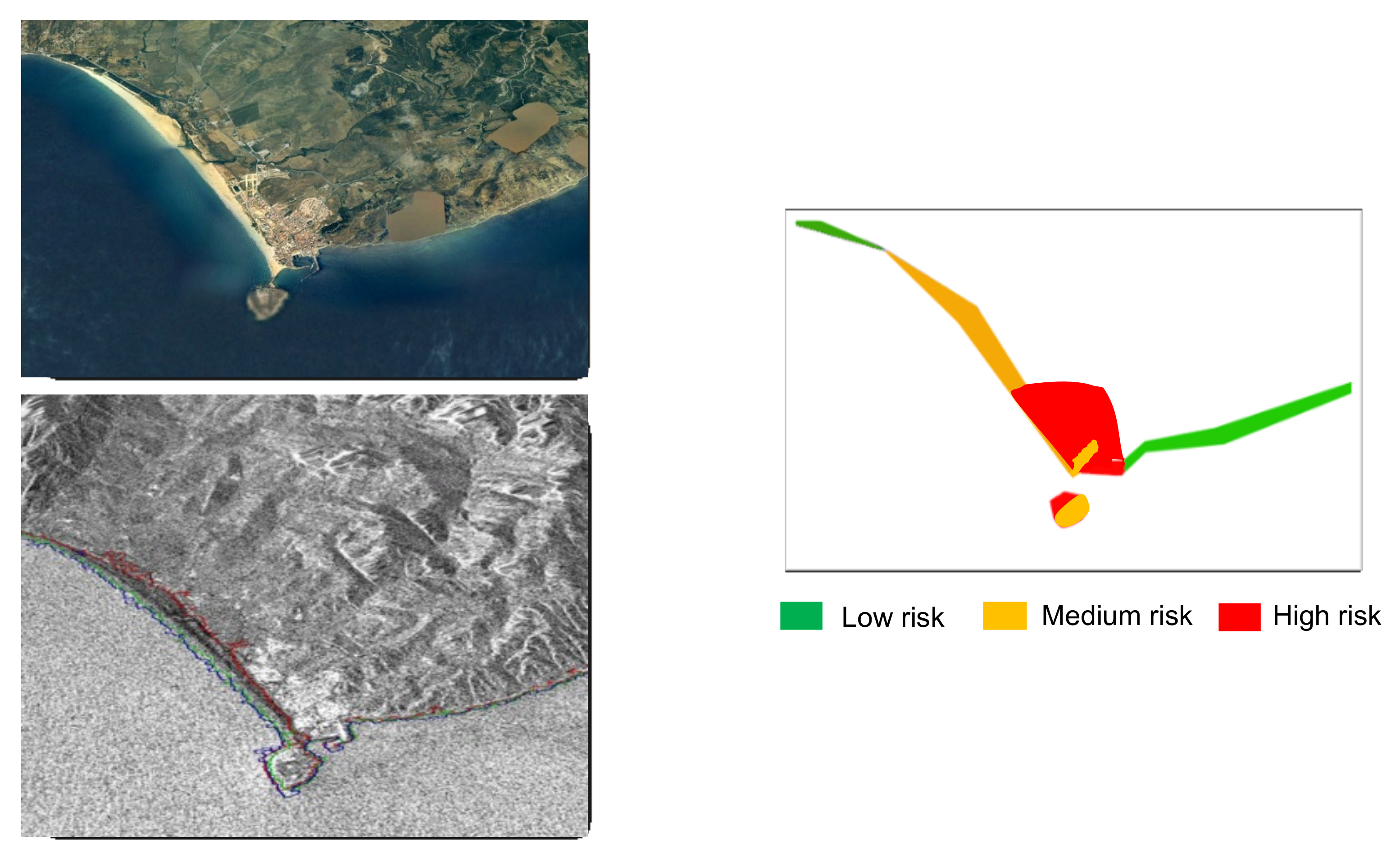
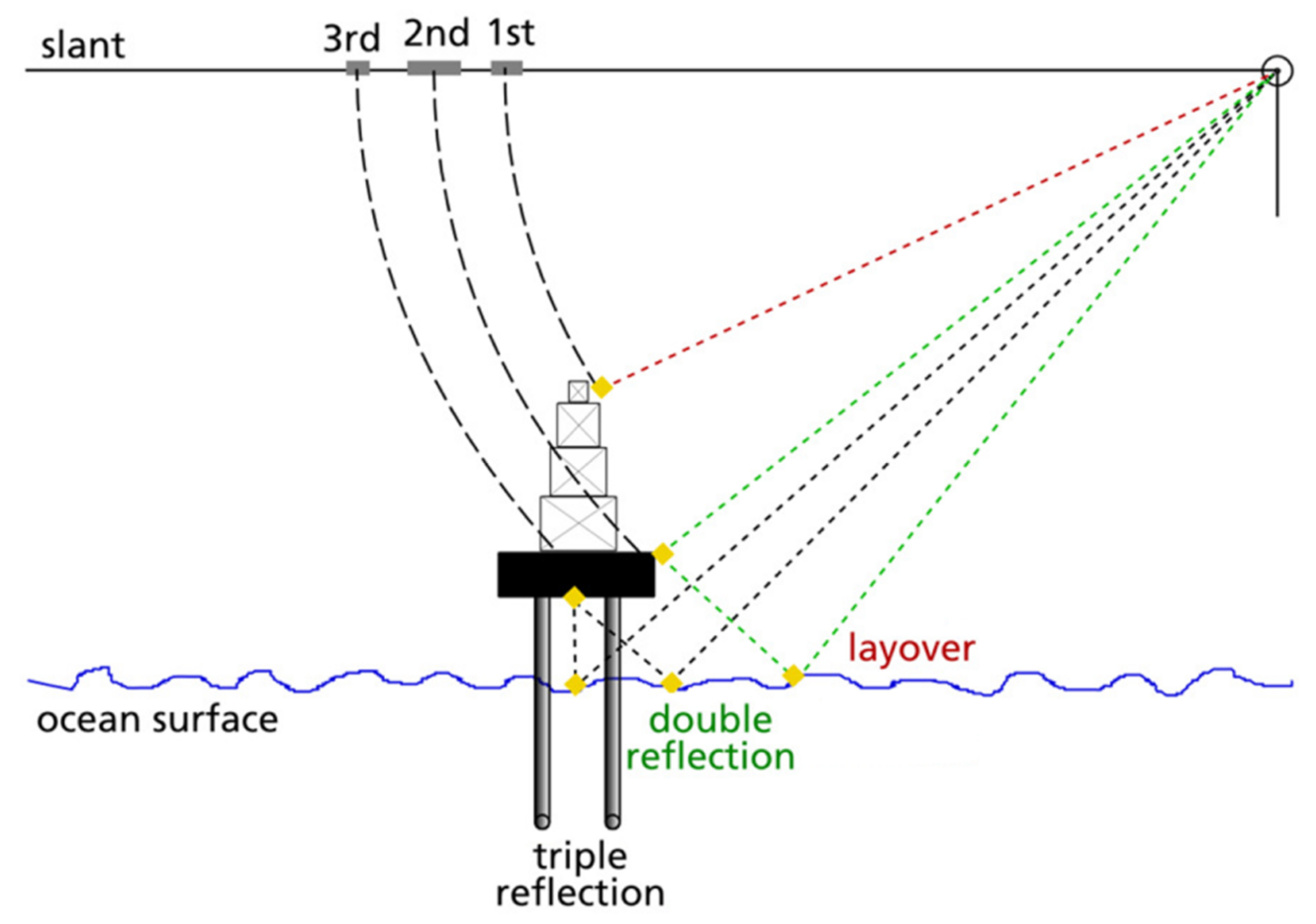
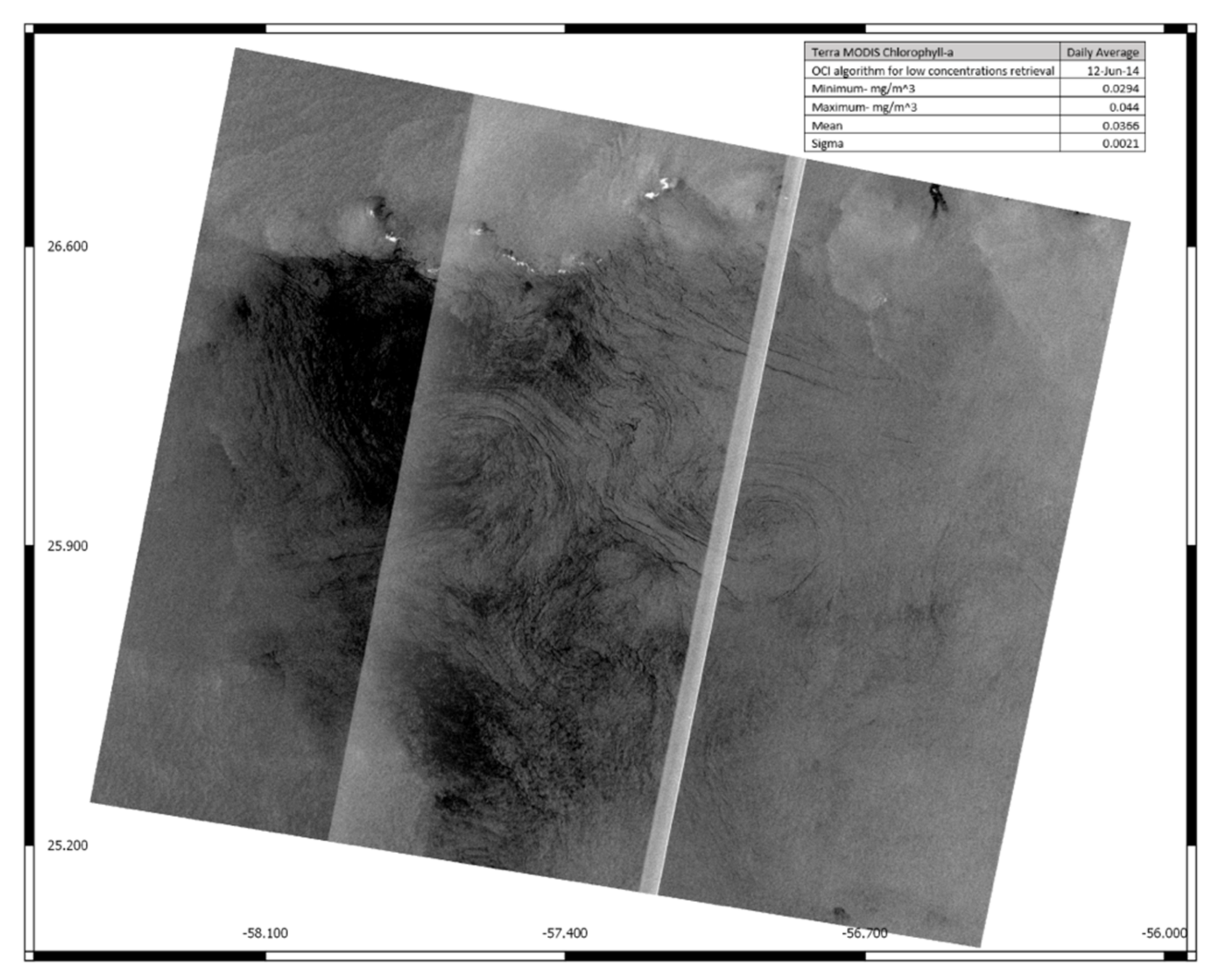
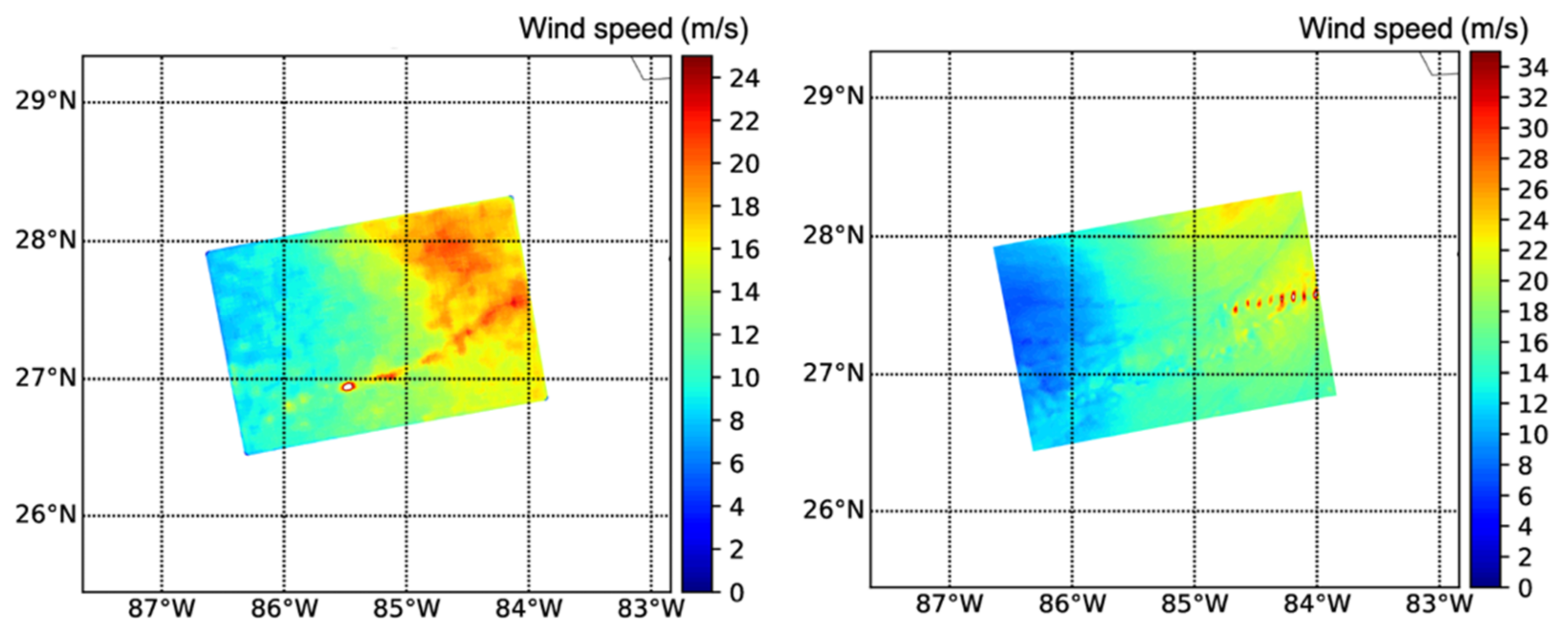
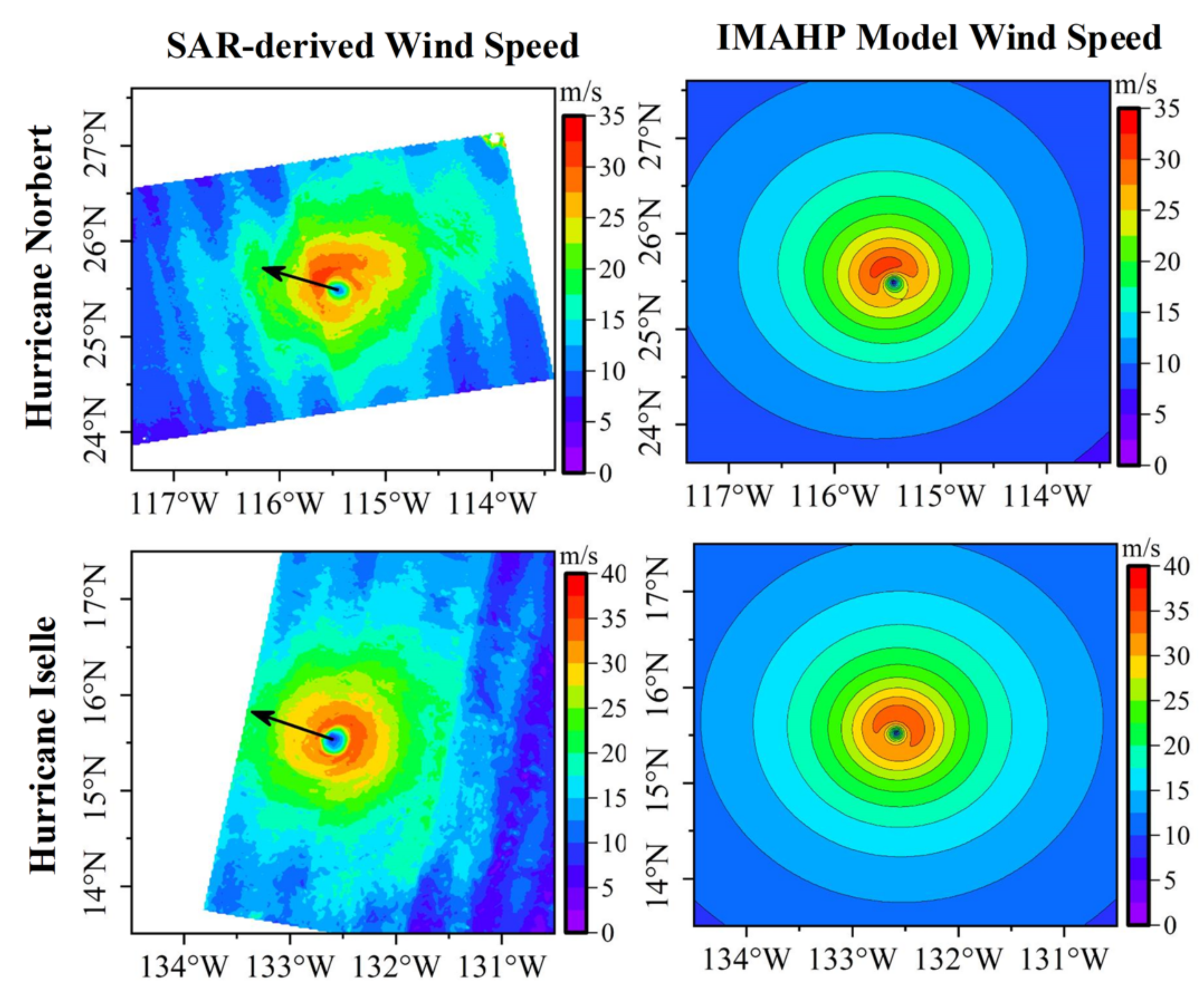
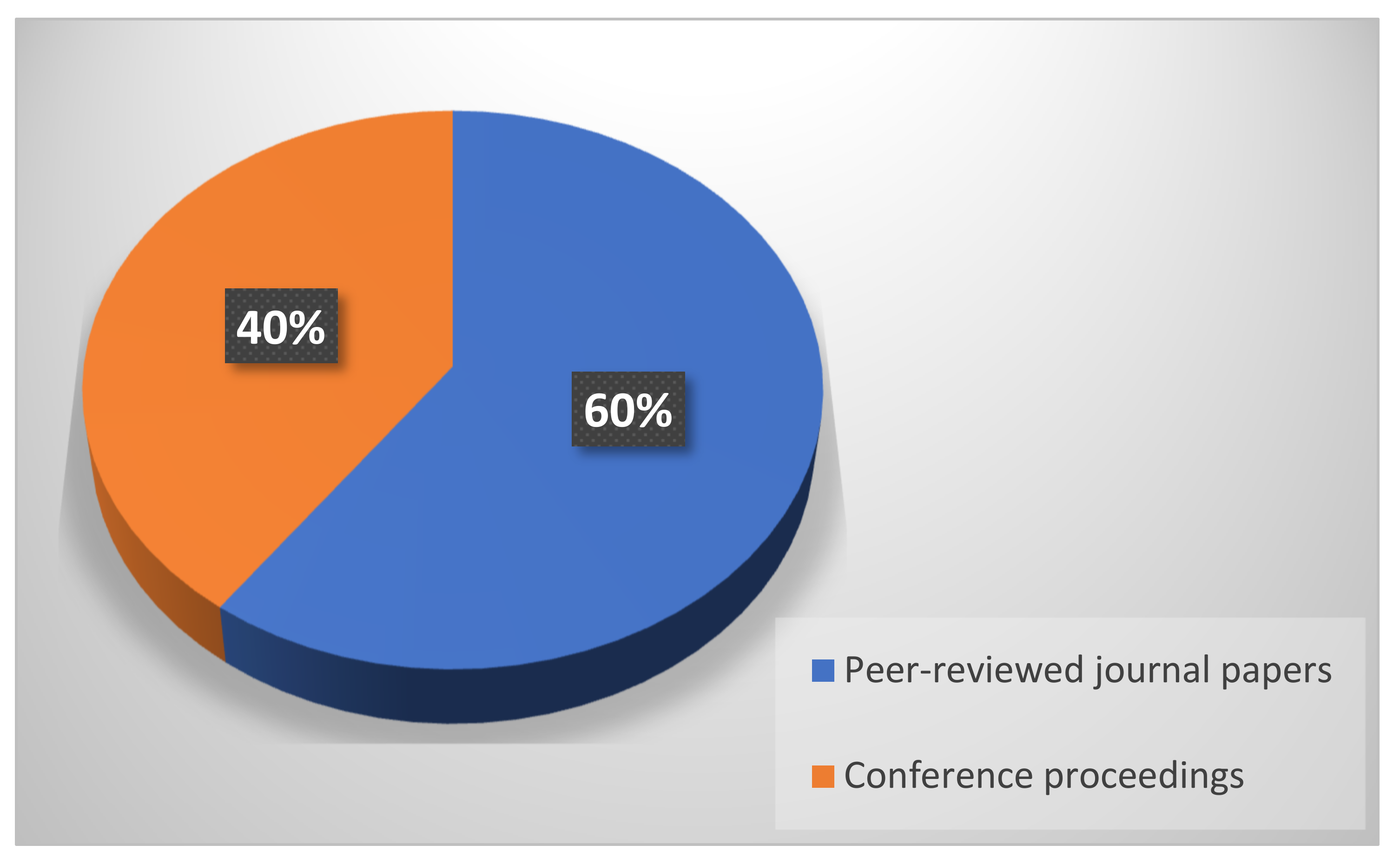
Publisher’s Note: MDPI stays neutral with regard to jurisdictional claims in published maps and institutional affiliations. |
© 2021 by the authors. Licensee MDPI, Basel, Switzerland. This article is an open access article distributed under the terms and conditions of the Creative Commons Attribution (CC BY) license (https://creativecommons.org/licenses/by/4.0/).
Share and Cite
Nunziata, F.; Li, X.; Marino, A.; Shao, W.; Portabella, M.; Yang, X.; Buono, A. Microwave Satellite Measurements for Coastal Area and Extreme Weather Monitoring. Remote Sens. 2021, 13, 3126. https://doi.org/10.3390/rs13163126
Nunziata F, Li X, Marino A, Shao W, Portabella M, Yang X, Buono A. Microwave Satellite Measurements for Coastal Area and Extreme Weather Monitoring. Remote Sensing. 2021; 13(16):3126. https://doi.org/10.3390/rs13163126
Chicago/Turabian StyleNunziata, Ferdinando, Xiaofeng Li, Armando Marino, Weizeng Shao, Marcos Portabella, Xiaofeng Yang, and Andrea Buono. 2021. "Microwave Satellite Measurements for Coastal Area and Extreme Weather Monitoring" Remote Sensing 13, no. 16: 3126. https://doi.org/10.3390/rs13163126
APA StyleNunziata, F., Li, X., Marino, A., Shao, W., Portabella, M., Yang, X., & Buono, A. (2021). Microwave Satellite Measurements for Coastal Area and Extreme Weather Monitoring. Remote Sensing, 13(16), 3126. https://doi.org/10.3390/rs13163126











